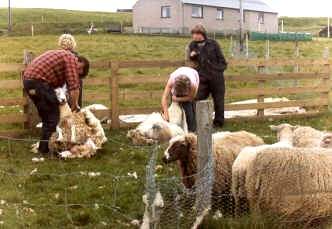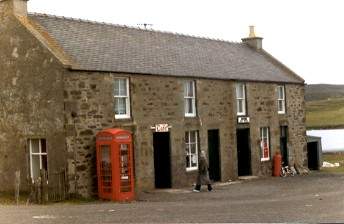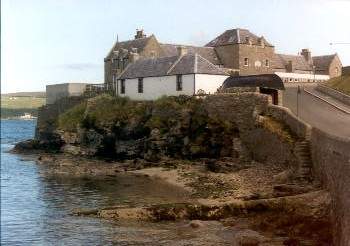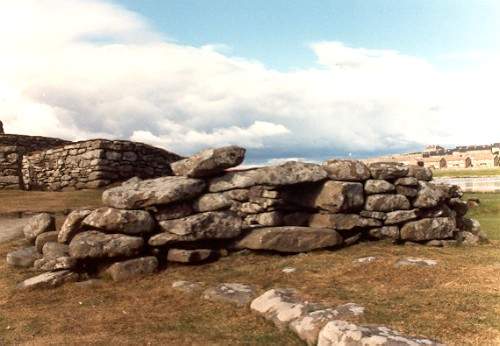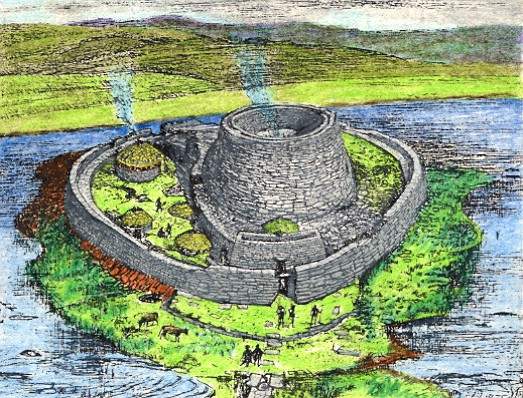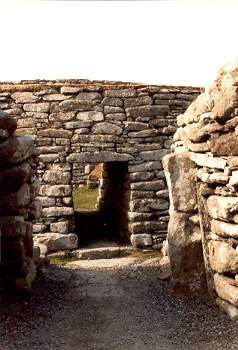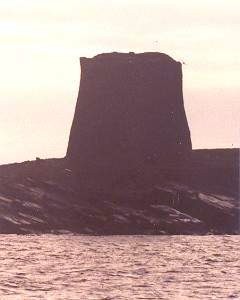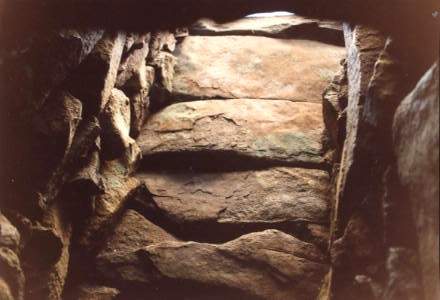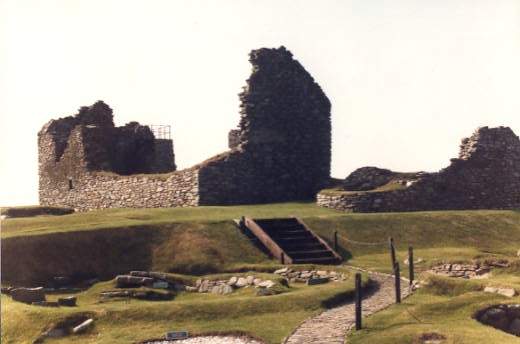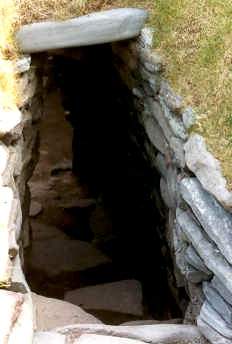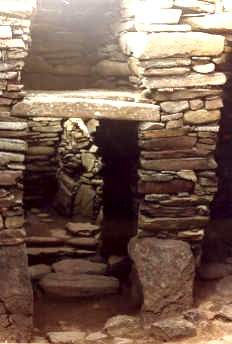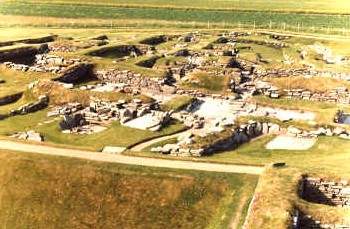Above: Sullum Voe; the only place on Shetland, where the oil
industry is
established, raising the level of prosperity as shown by
the local
houses.
Above right: This is Great Britain's most northerly house on the Isle of Unst.
Middle right: Lerwick; 'Widows' asylum on the Knowe', the sea killed many men
of the islands. Formerly the main building had a spire, but a gale
blew it away.
Below right: Peat, the national Shetland fuel for burning the stove and for
cooking. It is said that there will be enough for another hundred of
years. Every inhabitant has the right for peat, but he has to cut it
by himself.
Arrived in Lerwick, I don't stay in the harbour. I like to see more of the islands, but then I had a three weeks holidays only, so I used one week for sailing to the islands,
one week to look around and one week to return home. Sailing around for one week seems nice, but the weather is very changeable there and there is no any safe harbour or anchorage. The first time I made
a trip by touring car. You can make an arrangement at the local tourist office. I made an overland tour from Lerwick to Yell and finally to Unst and back. The driver wasn't in a hurry and he told me
to warn him when I thought a place to be worth to make a picture. He then would stop for some time. So I asked him for a nice possibility to make a photo of the peat. He agreed and drove to a
typical peat cutting place on the isle of Yell. I also booked a trip to Sumburgh Head to see the airport, but more interesting; the 'Jarlshof'. On later visits these tours were fully booked, so I then
rent a car.
|
 |



